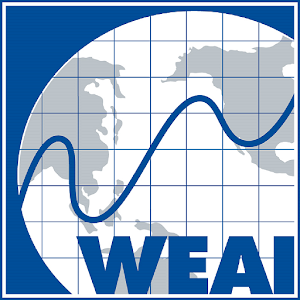The IMAJINE researchers Alexandros Karakitsios and Panos Tsakloglou (AUEB) presented a paper titled “Employment effects of the introduction of subminimum wage in Greece” at the 14th Western Economic Association International in Newcastle, Australia between 11th and 14th of January 2018.
In 2012 there was a substantial cut in the minimum wage and the introduction of a sub-minimum wage for your workers in Greece. Among other things, the paper investigates regional effects on the impact of these policies.
In the framework of the Economic Adjustment Program, Greece took an unprecedented decision for an OECD country by cutting the minimum wage by 22% in 2012. At the same time a sub-minimum wage was introduced for employees aged below 25, aiming to reduce the unemployment rate of the group that had exceeded 60% at that time. For this group the cut was 32%. The present paper analyzes the employment effects of the introduction of the subminimum wage for the group of young workers, focusing on two age groups that can be considered as close substitutes in the labour market: individuals aged 20-24 and 25-29. The data used in the analysis come from the quarterly longitudinal Greek Labor Force Survey (LFS) for the period 2008-2015. Difference-in-difference techniques suggest that after the introduction of the subminimum wage employment effects were stronger for the “younger” rather than the “older” age group. However, when controlling for other factors – such as education, region, etc. – as well as macroeconomic and local labour market conditions the results are not clear and do not seem to support the view that the introduction of the subminimum wage led to an increase in the employment probability of the “younger” group of workers. Regarding the regional effects, the results show that the impact of the introduction of the sub-minimum wages were stronger in the capital region (Attica) than in the rest of the country.
Funding amount used for this activity was not from IMAJINE project.

